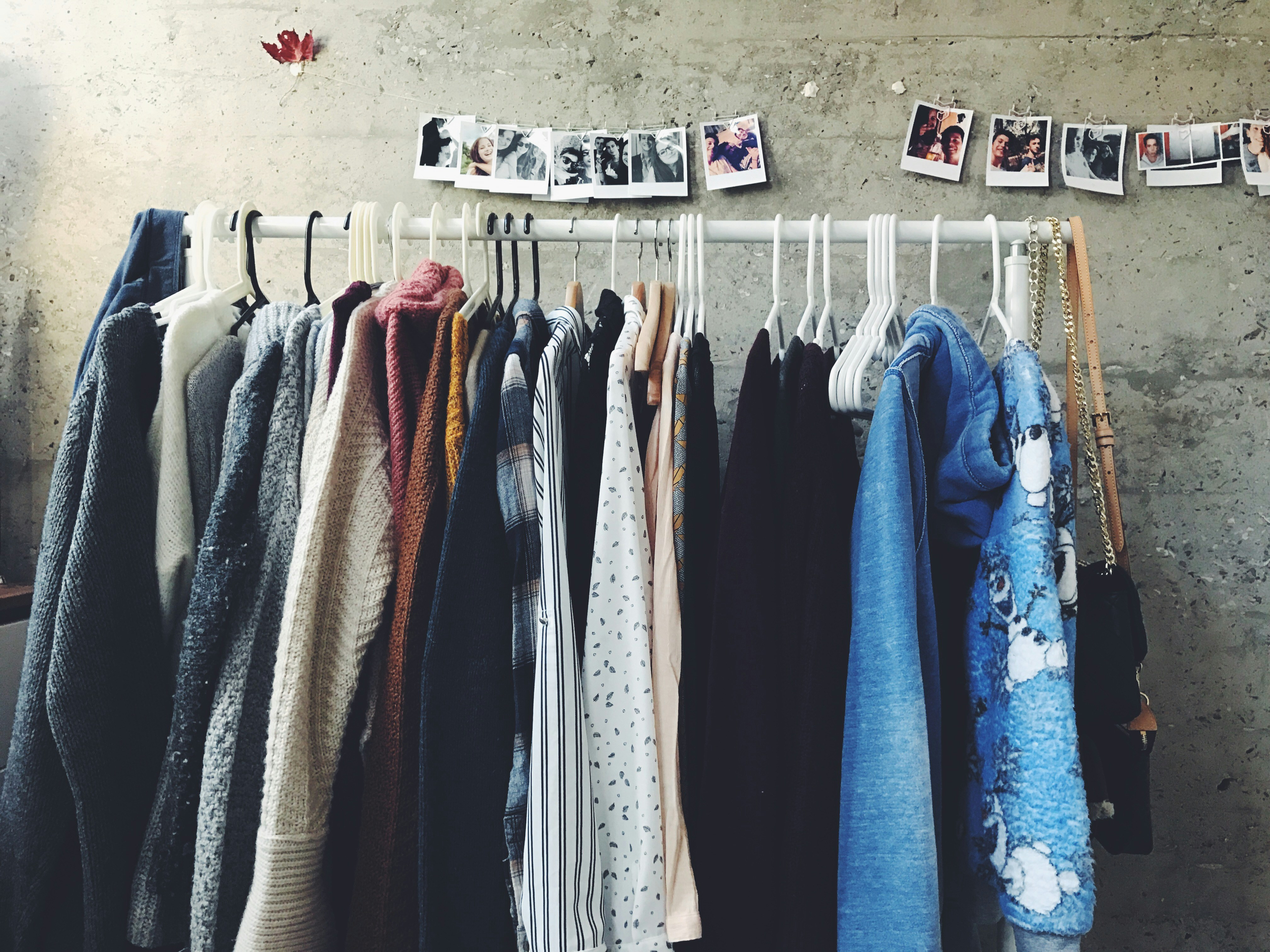Sartorial Storytelling: The Art of Narrative Dressing
Fashion is more than just clothing; it's a form of self-expression, a visual language that communicates our stories to the world. In recent years, a fascinating trend has emerged that takes this concept to new heights: narrative dressing. This innovative approach to style goes beyond merely following trends or coordinating colors. It's about curating outfits that tell a story, reflect personal experiences, or convey a specific message. Let's dive into the world of sartorial storytelling and explore how it's reshaping the way we think about fashion and self-expression.

Crafting Your Sartorial Story
At its core, narrative dressing is about intentionality. It involves carefully selecting pieces that represent different aspects of your personality, experiences, or beliefs. This might mean incorporating family heirlooms, travel souvenirs, or items that hold special memories into your everyday outfits. The key is to create ensembles that go beyond surface-level aesthetics and carry deeper personal significance.
The Psychology Behind Narrative Dressing
Research has shown that the clothes we wear can significantly impact our mood, confidence, and behavior. Narrative dressing takes this concept further by imbuing our outfits with personal meaning. When we wear clothes that tell our story, we feel more connected to our authentic selves. This can lead to increased confidence and a stronger sense of identity. Moreover, narrative dressing can serve as a conversation starter, allowing us to share our experiences and connect with others on a deeper level.
Incorporating Symbolism and Personal Iconography
One of the most intriguing aspects of narrative dressing is the use of symbolism and personal iconography. This might involve wearing jewelry with specific meanings, incorporating patterns or motifs that hold personal significance, or choosing colors that represent different aspects of your life or personality. For example, someone might wear a necklace featuring their zodiac constellation or incorporate elements of their cultural heritage into their everyday style.
The Role of Vintage and Second-hand Items
Vintage and second-hand clothing play a crucial role in narrative dressing. These pieces come with their own histories and stories, adding layers of depth to an outfit. By incorporating pre-loved items, wearers can connect with the past and give new life to garments that might otherwise be forgotten. This approach also aligns with the growing interest in sustainable fashion, as it encourages reuse and reduces the demand for new production.
Balancing Personal Narrative with Current Trends
While narrative dressing is deeply personal, it doesn’t mean completely ignoring current fashion trends. The challenge lies in finding ways to incorporate trendy elements into your personal story. This might involve reinterpreting current trends through a personal lens or using trending pieces as a backdrop for more meaningful, story-driven accessories. The key is to strike a balance between staying current and staying true to your narrative.
The Impact on the Fashion Industry
The rise of narrative dressing has not gone unnoticed by the fashion industry. Many brands are now focusing on creating pieces with more depth and meaning, moving away from fast fashion towards items that are designed to last and carry significance. This shift is also influencing marketing strategies, with brands increasingly focusing on the stories behind their products and encouraging customers to form emotional connections with their purchases.
Challenges of Narrative Dressing
While narrative dressing offers a rich and meaningful approach to fashion, it’s not without its challenges. One of the main difficulties is maintaining consistency in your sartorial story while adapting to different settings and occasions. Additionally, there’s the risk of becoming too attached to certain pieces, making it harder to evolve your style over time. Striking a balance between personal significance and practicality is key to successfully embracing this approach to dressing.
Mastering the Art of Sartorial Storytelling
- Start with a signature piece: Choose one item that holds special meaning and build outfits around it
- Create a personal color palette based on colors that resonate with your experiences or personality
- Incorporate meaningful accessories: Jewelry, scarves, or pins can add layers of storytelling to any outfit
- Mix vintage with modern: Blend pieces from different eras to create a rich, multi-dimensional look
- Document your outfits: Keep a style journal to track the stories behind your favorite ensembles
- Embrace imperfection: Allow your clothes to show signs of wear, as these can add to their narrative value
- Collaborate with local artisans: Commission custom pieces that reflect your personal story
- Rotate your wardrobe seasonally: This allows you to revisit and reinterpret your sartorial stories throughout the year
As we navigate an increasingly digital world, narrative dressing offers a tangible way to express our individuality and connect with others on a deeper level. By viewing our wardrobes as a collection of stories waiting to be told, we can transform the act of getting dressed into a meaningful, creative endeavor. Whether you’re a fashion enthusiast or simply someone looking to inject more intention into your daily life, embracing the art of sartorial storytelling can open up new avenues for self-expression and personal growth. So, the next time you open your closet, ask yourself: What story do you want to tell today?





